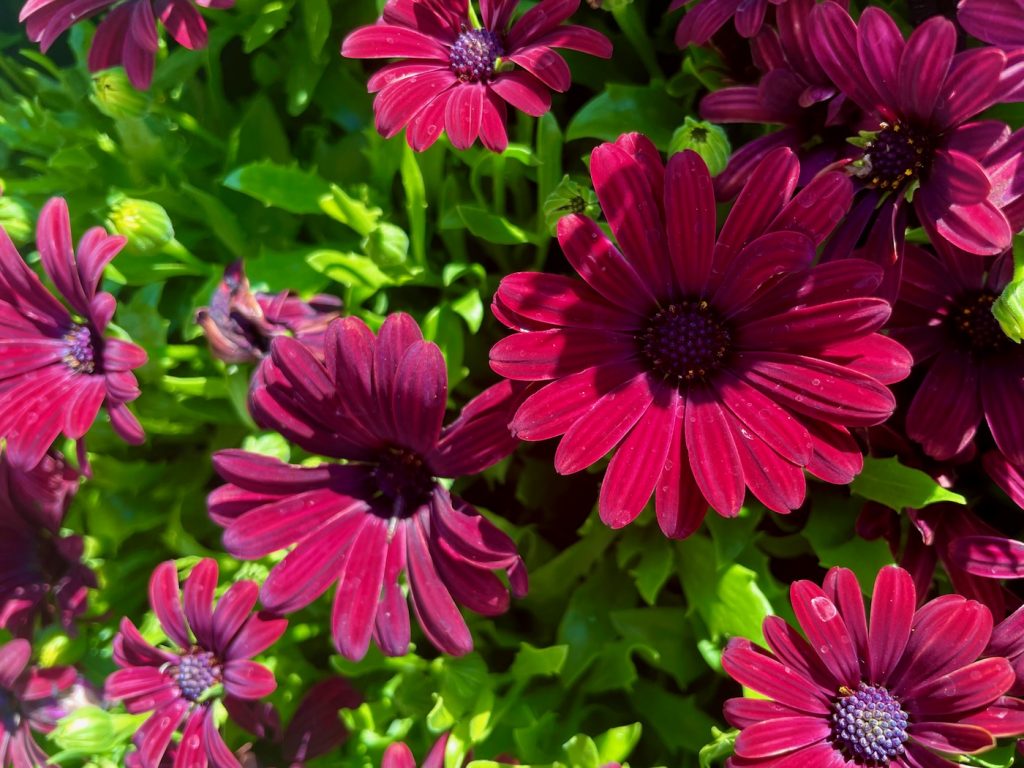Embrace the Beauty of Ranunculus lanuginosus: Discover the Woolly Buttercup
Background
Ranunculus lanuginosus, commonly known as Woolly Buttercup, enchants with its bright yellow hermaphrodite flowers, blooming in late spring or early summer. As a member of the Ranunculaceae family, this perennial plant holds a captivating place in the botanical world. Initially found in Europe and Asia, it has since been introduced to various regions globally, including North America.
Characteristics and Description
Woolly Buttercup, a herbaceous perennial, possesses a basal rosette of leaves and a single flower stalk. The oval-shaped leaves feature a distinct hairy underside, adding a unique texture to the plant’s appearance. The cup-shaped flowers, approximately 1 inch in diameter, vary in color from vibrant yellow to orange and even red, accompanied by a delightful fragrance.
Origin, Native Habitat, and Discovery
Woolly Buttercups trace their origin to Europe and Asia. They have thrived in these regions for centuries. The plant garnered attention in the 16th century when Italian botanist Andrea Cesalpino described it. Subsequently, it gained recognition and found its way to other parts of the world, including North America.
How to Care for and Maintain Ranunculus lanuginosus
To cultivate and maintain the enchanting Woolly Buttercup, consider the following guidelines:
Location and General Conditions: Plant Ranunculus lanuginosus in a half-shady to a shady location with fresh to moist soil. It thrives in loamy soil enriched with organic matter. The plant displays resilience in temperatures as low as -29°C.
Watering: Provide regular watering, particularly during the first year of growth. Once established, Woolly Buttercups become more drought-tolerant. Water deeply and infrequently, avoiding overwatering.
Fertilization: Woolly Buttercups do not require frequent fertilization. A light application of fertilizer in the spring promotes new growth and flowering.
Pruning: Prune Woolly Buttercups in late winter or early spring shape the plant and stimulate new growth.
Pests and Diseases: Woolly Buttercups generally exhibit resistance to pests and diseases. However, they may be susceptible to powdery mildew, which manifests as white spots on the leaves. If powdery mildew appears, prune affected leaves and branches, and consider applying a fungicide to mitigate its spread.
Planting: Choose a planting location that provides full sun or partial shade. Ensure well-drained, loamy soil for optimal growth. Amend the soil with compost or organic matter during planting.






